İstanbul Fethiye Mosque and Museum
Fethiye Mosque and Museum
Fethiye Mosque and Museum was rebuilt after the end of Latin rule in 1261, on the old ruins of Pammakaristos Church, and its northern part was dedicated to Hz. It is dedicated to Mary. Eastern Roman Emperor VIII. After a repair carried out between 1292 and 1294 by Michael Palailogos' nephew, Michael Glabas Ducas Tarchainotes, in 1315, with the instructions of his wife Maria, the right side of the church was built by Hz. A small additional church (parekklesion) dedicated to Jesus was added. In this additional church are the tombs of Maria and Michael. The building was used as a women's monastery after the conquest, and in 1455 the Patriarchate, which emerged from the Havarium Church, was moved here and was used as the Patriarchate until 1586. During the Ottoman period, Sultan III. Murad (1574–1595) converted the church into a mosque and named it "Fethiye". The building underwent major repairs between 1845 and 1846. The parekklesion has a narthex and gallery; The naos section is covered with a dome with a diameter of 2.30 m. The facades of the building reflect the features of late Byzantine architecture. On the brick architectural band decorating the south facade, there is the inscription "Built by Protostratos Michael Glabas Ducas Tarchainotes". On the same façade, a poem by the poet Philes was written on marble molding. The dome and walls of the parekclesion are decorated with 14th century mosaics. In the apse section, Hz. Jesus, Hz. Deisis, consisting of Mary and John the Baptist, is located in the middle of the dome. Jesus, 12 Torah prophets are depicted in the inner sections, and Saints and the Baptism scene are depicted in the vaults.
Where is Fethiye Mosque and Museum?
Where is Fethiye Mosque and Museum? It is located on Fethice street in Balat district of Istanbul.
Istanbul Travel Plans, Istanbul Accommodation and Where to Eat in Istanbul? You can review our travel plans, or if you wish, you can create your own travel plan from our "Places to visit in Istanbul" page.
Fethiye Mosque and Museum Directions
Fethiye Mosque and Museum directions, Fethiye Mosque and Museum is on Fethiye Street in the Balat district of Istanbul. You can reach this region by using options such as public transportation and taxi in Istanbul. Here are general directions for transportation to Fethiye Mosque and Museum:
Public transport:
- There is an extensive public transportation network in Istanbul. You can reach Fethiye Mosque and Museum by using vehicles such as metro, tram and bus.
- To go to Balat district, you can first use urban transportation to reach central areas such as Eminönü or Fatih.
- Then it is possible to go to Balat by vehicles such as tram or bus.
It's always good to check route information from local transportation sources or mapping apps as there may be route changes or updates during your trip.
Fethiye Mosque and Museum Features
Fethiye Mosque and Museum is an important building located in the historical Balat district of Istanbul. Below you can find information about the features of Fethiye Mosque and Museum:
- Date: It was first built as Pammakaristos Church during the Roman Empire. It was later converted into a mosque during the Ottoman period and named "Fethiye Mosque".
- Architectural Features: The building brings together Byzantine and Ottoman architectural elements. It attracts attention especially with its domed structure and details reflecting the architectural styles of the period.
- Repairs: It has been repaired several times throughout history. Especially during the Ottoman period, Sultan III. Its conversion into a mosque by Murad and the repairs made in later periods are important.
- Annex Church (Parekklesion): The building contains the parekklesion, which is an additional church. Parekklesion is located on the right side of the church. It is a small section of the church dedicated to Jesus.
- Graves: Inside the parekklesion, there are the tombs of Michael Glabas Ducas Tarchainotes, who ruled the church, and his wife Maria.
- Museum Department: The building, which was used as a museum during the Republic period, was opened to worship again in 1960. However, it can also be visited as a museum due to the mosaics and historical items inside.
- Mosaics: The dome and walls of the building are decorated with 14th century mosaics. In the apse section, Hz. Jesus, Hz. There are mosaics with figures such as Mary and John the Baptist.
- Today's Usage: Today, the northern part is still used as a mosque, and the additional church serves as a museum. However, it is closed to visitors due to renovation.
Fethiye Mosque and Museum is a building with rich features in terms of history, culture and architecture and makes a significant contribution to the historical texture of Istanbul.
Fethiye Mosque and Museum Entrance Fee
Fethiye Mosque and Museum entrance fee is 60 TL.
Fethiye Mosque and Museum Visiting Hours
Fethiye Mosque and Museum visiting hours are not currently determined. The Mosque and Museum are closed for renovations.
Places to Visit around Fethiye Mosque and Museum
Places to Visit around Fethiye Mosque and Museum, Balat district, where Fethiye Mosque and Museum is located, is a region that contains the historical and cultural riches of Istanbul. There are many interesting places to visit around. Here are some places to visit around Fethiye Mosque and Museum:
- Balat Street: While wandering around the Balat district, discover Balat Street, one of the narrow streets where you can feel the historical texture and experience the atmosphere of old Istanbul.
- Ayvansaray Carpet and Rug Museum: For carpet and rug enthusiasts, Ayvansaray Carpet and Rug Museum is a museum that exhibits traditional Turkish handicrafts.
- Tomb of Bulgurcu Baba: Bulgurcu Baba Tomb, located near Fethiye Mosque, can be visited as a place of historical and religious importance.
- Chora (Chora) Museum: Chora Museum, located a little away from Fethiye Mosque, is famous for its mosaics and frescoes from the Byzantine period. It is a Byzantine church as important as Hagia Sophia.
- Fener Greek Boys' High School: Fener Greek Boys' High School is an important building in terms of architecture. This school, located in Fener, was used as an educational institution during the Ottoman period.
- Fener Patriarchate: Fener Patriarchate is known as the headquarters of the Greek Orthodox Patriarch of Istanbul, one of the most important religious leaders of the Orthodox world. It can be visited due to its historical importance and architecture.
- Old Lighthouses: Balat and Fener districts are famous for their colorful and historical houses. You can examine these old houses by wandering around the narrow streets.
- Yavuz Selim Mosque: Located close to Fethiye Mosque, Yavuz Selim Mosque is a beautiful mosque reflecting the architecture of the Ottoman period.
- Kariye Mosque and Museum (Chora Museum): Kariye Mosque and Museum, located a little away from Fethiye Mosque, is famous for its mosaics from the Byzantine period.
You can explore the history, culture and architecture of Istanbul more closely by visiting these places around Fethiye Mosque and Museum.

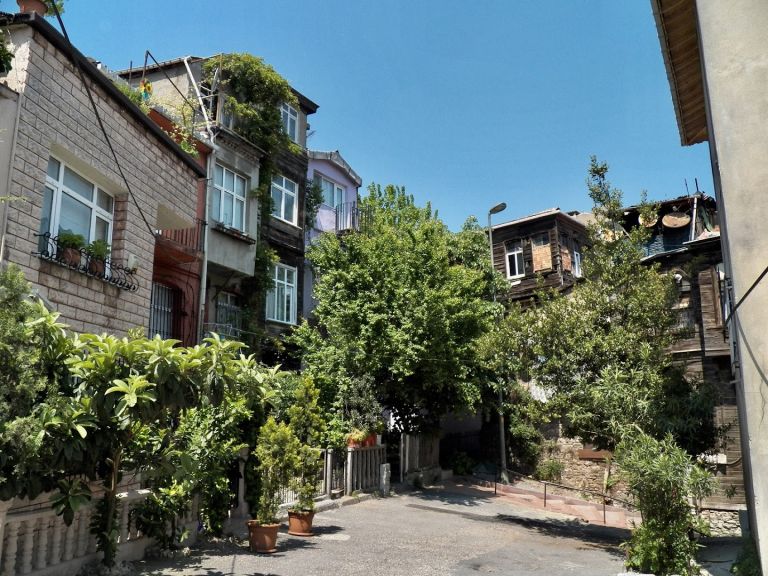
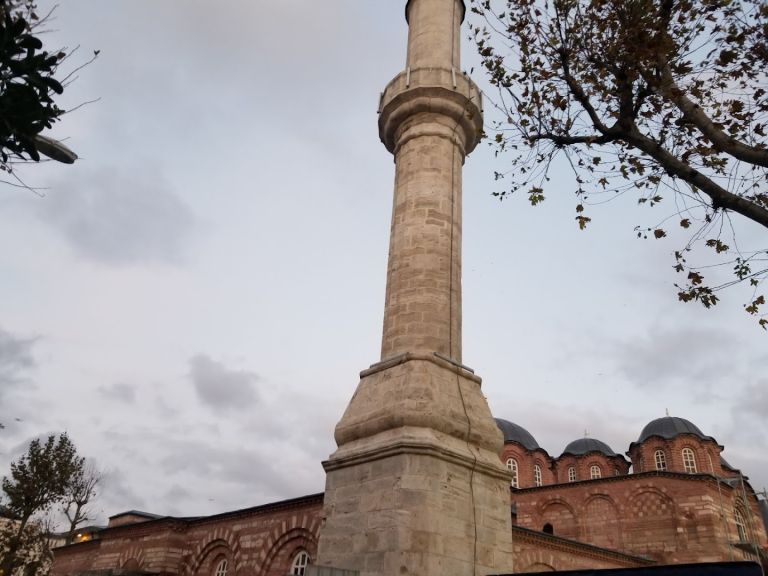
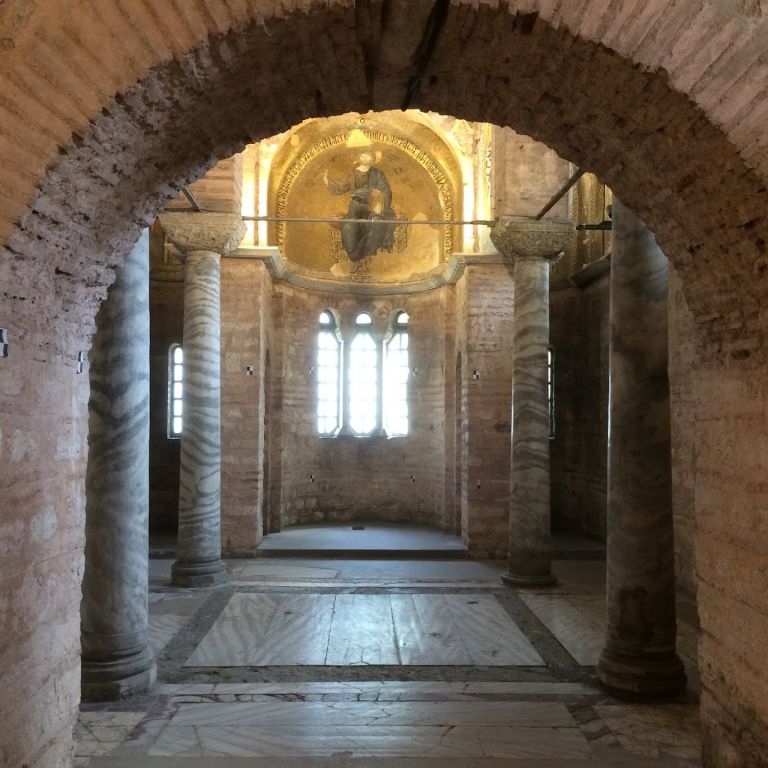
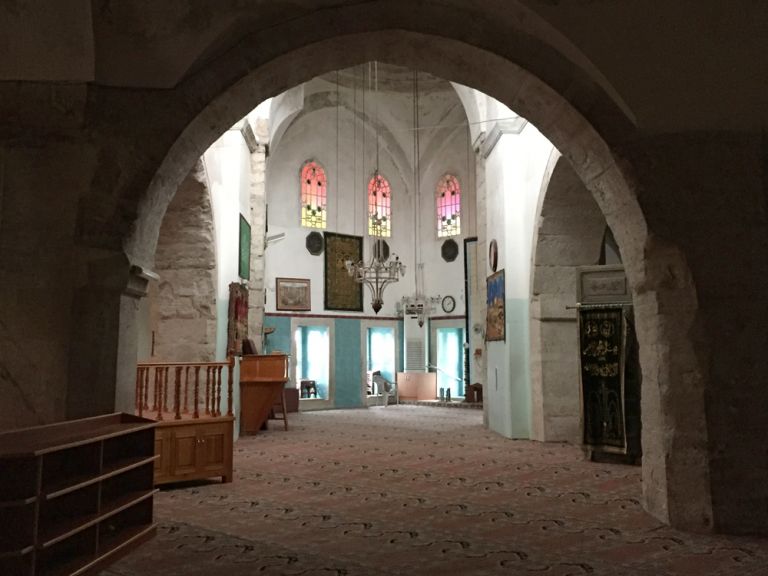
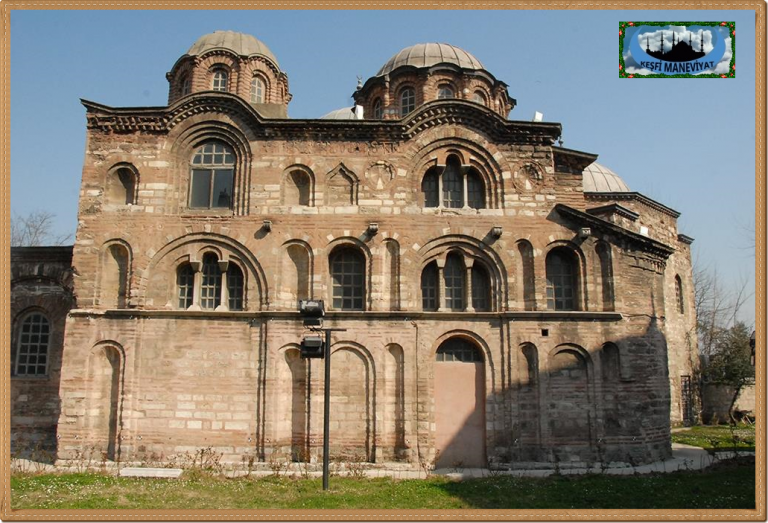
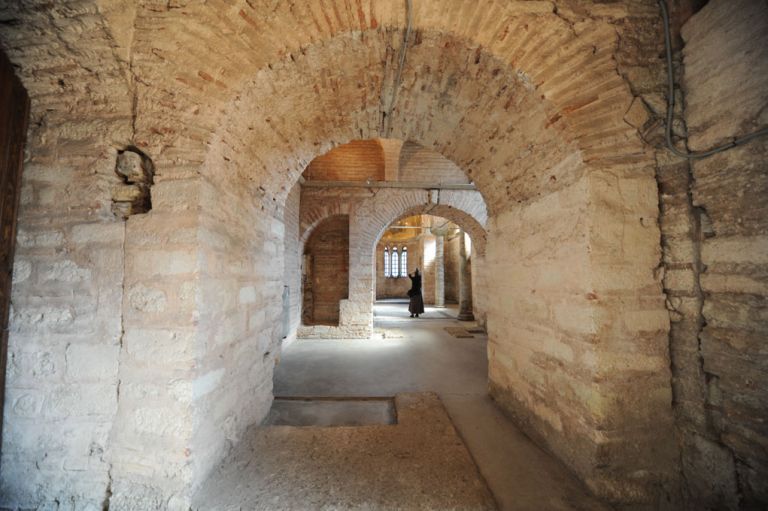
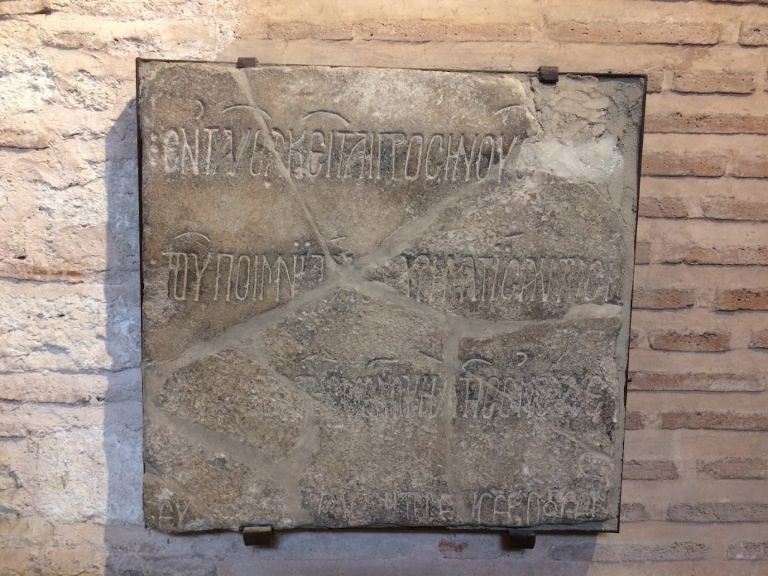







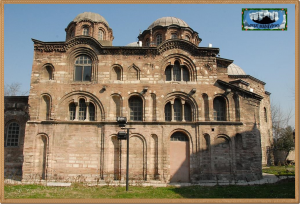

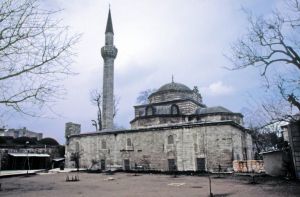
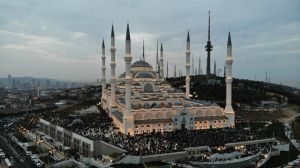
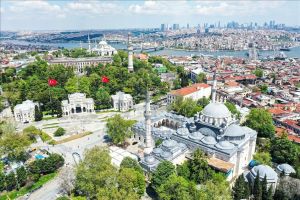
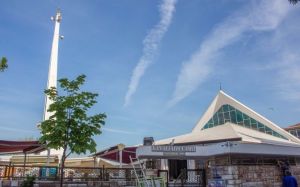
Değerlendirmeler